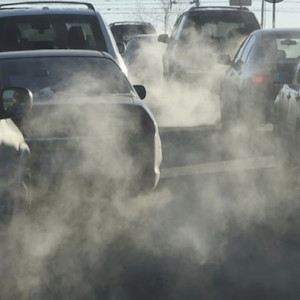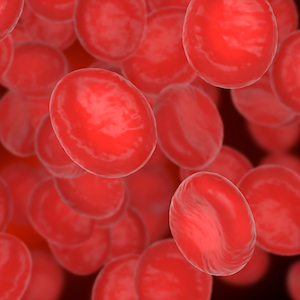An ecological alliance against air pollution and cardiovascular disease

Published: 22 March 2022
Abstract Views: 1646
PDF: 247
Publisher's note
All claims expressed in this article are solely those of the authors and do not necessarily represent those of their affiliated organizations, or those of the publisher, the editors and the reviewers. Any product that may be evaluated in this article or claim that may be made by its manufacturer is not guaranteed or endorsed by the publisher.
All claims expressed in this article are solely those of the authors and do not necessarily represent those of their affiliated organizations, or those of the publisher, the editors and the reviewers. Any product that may be evaluated in this article or claim that may be made by its manufacturer is not guaranteed or endorsed by the publisher.
Most read articles by the same author(s)
- Pier Mannuccio Mannucci, Gene transfer in hemophilia A: not cogent yet , Bleeding, Thrombosis and Vascular Biology: Vol. 1 No. 1 (2022)
- Pier Mannuccio Mannucci, Growing weapons to fight hemophilia , Bleeding, Thrombosis and Vascular Biology: Vol. 2 No. 1 (2023)
Similar Articles
- Gualtiero Palareti, The diagnostic procedure for subjects with suspected pulmonary embolism. A recent comparison among the recommendations available from the international guidelines , Bleeding, Thrombosis and Vascular Biology: Vol. 3 No. 1 (2024)
- Fabio Tumminello, Silvia Cardi, Corrado Lodigiani, Maria Elisa Mancuso, Antithrombotic therapy in idiopathic infertility , Bleeding, Thrombosis and Vascular Biology: Vol. 3 No. 3 (2024)
- Gary E. Raskob, Risk of recurrent venous thromboembolism in cancer patients after discontinuation of anticoagulant therapy , Bleeding, Thrombosis and Vascular Biology: Vol. 3 No. s1 (2024): 12th ICTHIC
- Yishi Tan, Marc Carrier, Nicola Curry, Michael Desborough, Kathryn Musgrave, Marie Scully, Tzu-Fei Wang, Mari Thomas, Simon J. Stanworth, Cancer complicated by thrombosis and thrombocytopenia: still a therapeutic dilemma , Bleeding, Thrombosis and Vascular Biology: Vol. 3 No. s1 (2024): 12th ICTHIC
- Maria Barca-Hernando, Victor Garcia-Garcia, Luis Jara-Palomares, Location of metastasis and complications in patients with venous thromboembolism and cancer: systematic review , Bleeding, Thrombosis and Vascular Biology: Vol. 3 No. s1 (2024): 12th ICTHIC
- Società Italiana per lo Studio dell'Emostasi e Trombosi – SISET, 28th SISET National Congress | Rome, 6-9 November 2024 , Bleeding, Thrombosis and Vascular Biology: Vol. 3 No. 3 (2024)
- Giovanni de Gaetano, Science in Ukraine is “bleeding” , Bleeding, Thrombosis and Vascular Biology: Vol. 2 No. 1 (2023)
- Anna Falanga, Hugo Ten Cate, Bianca Rocca, How to manage antithrombotic treatments in thrombocytopenic patients with cancer. Comments on the European Haematology Association guidelines , Bleeding, Thrombosis and Vascular Biology: Vol. 2 No. 1 (2023)
- Daniela Poli, Riccardo Tartaglia, Doris Barcellona , Paolo Bucciarelli , Antonio Ciampa, Elvira Grandone, Giuseppe Malcangi, Giuseppe Rescigno, Vincenzo Toschi, Sophie Testa, Alessandro Squizzato, Attitude to clinical research among health professionals affiliated with the Italian Federation of Centers for the Diagnosis of Thrombotic Disorders and the Surveillance of the Antithrombotic Therapies (FCSA) , Bleeding, Thrombosis and Vascular Biology: Vol. 2 No. 1 (2023)
- Anna Maria Gori, Eleonora Camilleri, Alessia Bertelli, Angela Rogolino, Francesca Cesari, Elena Lotti, Tommaso Capobianco, Walther Iannotti, Betti Giusti , Rossella Marcucci, Pleiotropic effects of anti-thrombotic therapies: have direct oral anticoagulants any anti-inflammatory effect? , Bleeding, Thrombosis and Vascular Biology: Vol. 1 No. 3 (2022)
You may also start an advanced similarity search for this article.

 https://doi.org/10.4081/btvb.2022.21
https://doi.org/10.4081/btvb.2022.21








